In some cases, high-quality wood siding can cost more than 250% than quality vinyl siding, including material and installation costs. Real wood siding varies in cost depending on the type of wood you choose. The better the quality of the wood, the higher the price attached to it Vinyl is a relatively inexpensive material, but just like wood, the quality of the vinyl you choose affects the price you will pay. Good quality wood siding can cost 250% more than vinyl siding of similar quality.
Part of this increased expense is the result of the material itself, but it also has to do with the installation labor, as well as the volume of trim and paint required to finish the cladding. Let's consider traditional vinyl siding that comes in larger pieces. You can get any number of designs that mimic wooden milkshakes. Vinyl is maintenance-free unless you live in an urban area, where it may require periodic flushing to remove dirt and soot from diesel truck exhaust.
This siding installs so quickly that an experienced team can park an entire house in just a few days. Crews could build some smaller houses in less than two days. What is important when considering the costs of vinyl and wood siding are the maintenance costs that can accrue after the installation is complete. Wood and vinyl siding tend to look alike from a distance, but they are very different both in form and function.
You can short-circuit this problem to some extent if you use a special window, door, and corner trim that has a built-in J-channel that hides the open end of the vinyl siding. No matter the cost, quality, visual appeal and maintenance requirements are the main factors involved in making the decision to change from wood siding to vinyl siding. While no homeowner is going to claim that vinyl looks better than real wood, the truth is that advances in technology make today's vinyl siding look more realistic than ever, and passers-by will hardly be able to tell the difference. The advantages, as well as the disadvantages, of wood and vinyl as facing materials are described in the following paragraphs.
In some cases, vinyl siding may melt a small amount and deform, and in severe cases, may require a complete replacement. In addition, vinyl siding has seams where one board overlaps the next, which are slightly more visible than those of wood siding because wood planks tend to lie flush rather than overlap. Although wood siding is a decent insulator, vinyl takes the cake when it comes to keeping your home properly insulated. Both wood and vinyl siding are available in a variety of different styles, customizing the exterior look of your home.
Vinyl siding takes the lead because it doesn't warp as the seasons change and moisture can't seep into the panels. However, homeowners should note that vinyl siding can still crack in extreme cold and melt in extreme heat or when they are too close to a grill. In the battle of vinyl siding versus wood siding, there's no doubt that vinyl siding is the way to go if you're looking for everything from good looks to cost-effectiveness. Vinyl has become the most popular and widely used facing material for many styles of residential homes thanks to its durability and the general lack of maintenance needed to keep it looking and functioning as intended.
.
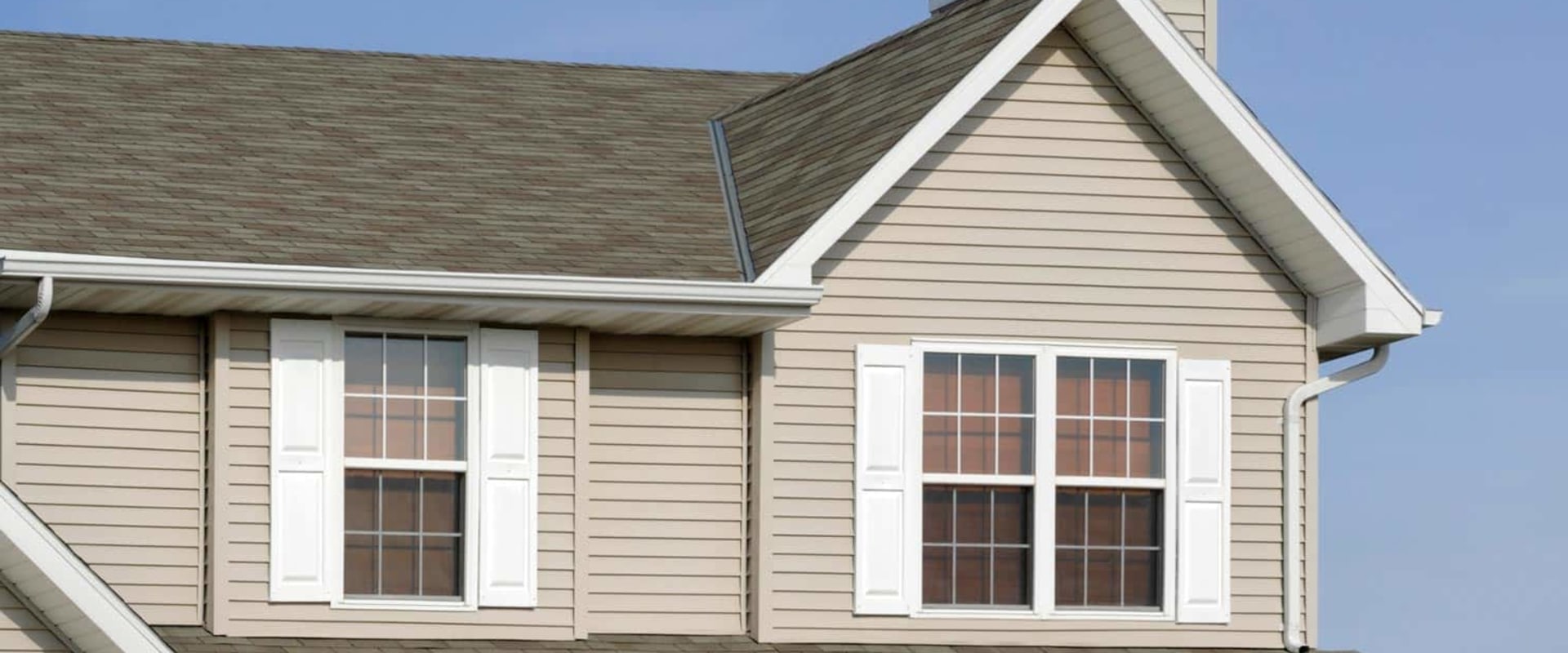
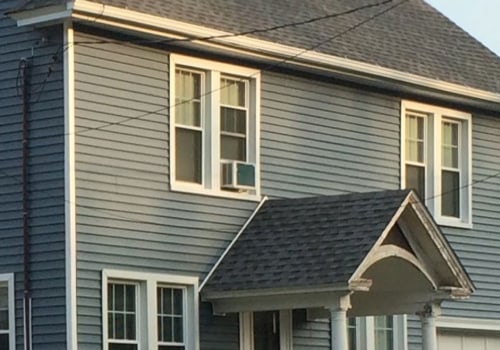
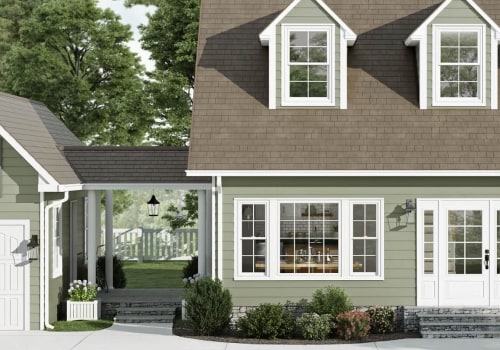
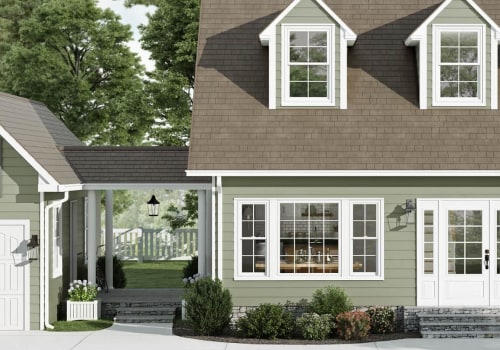
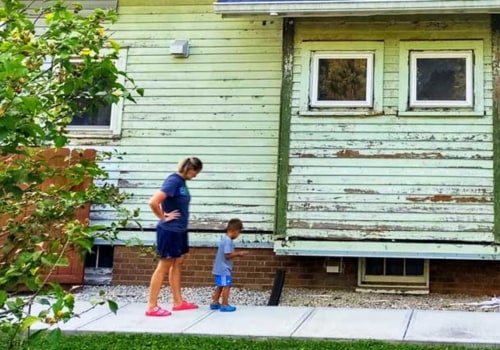
Leave Reply